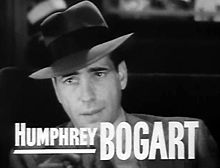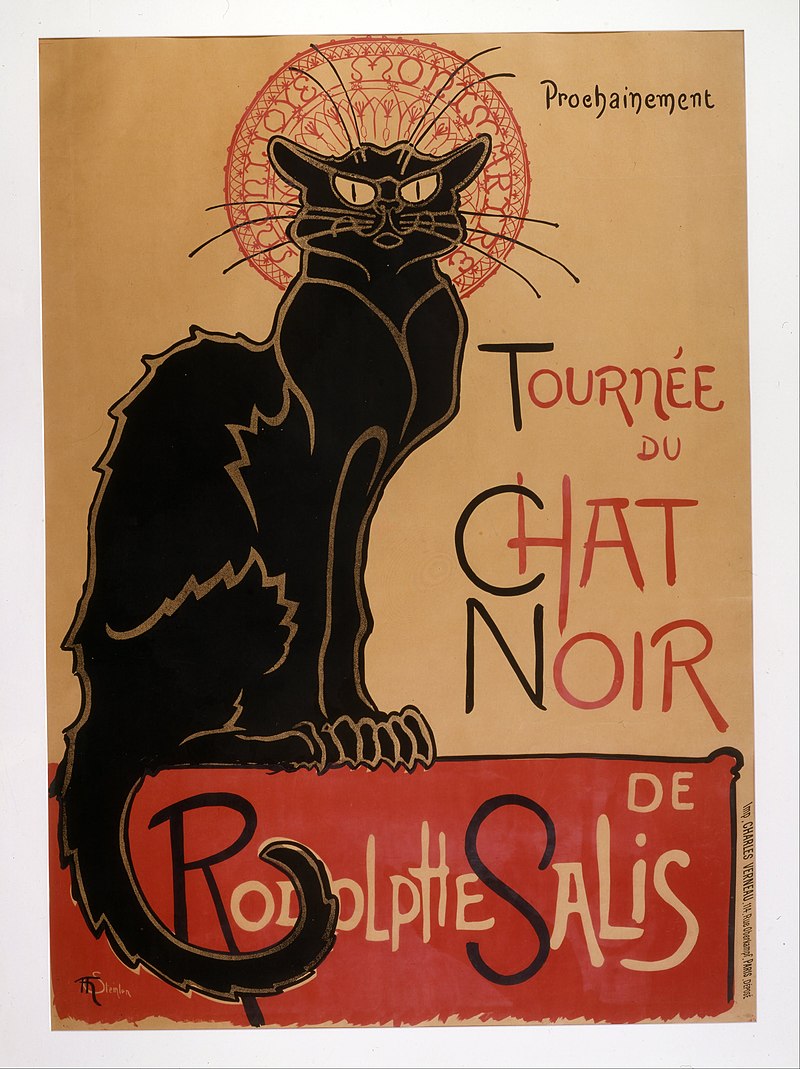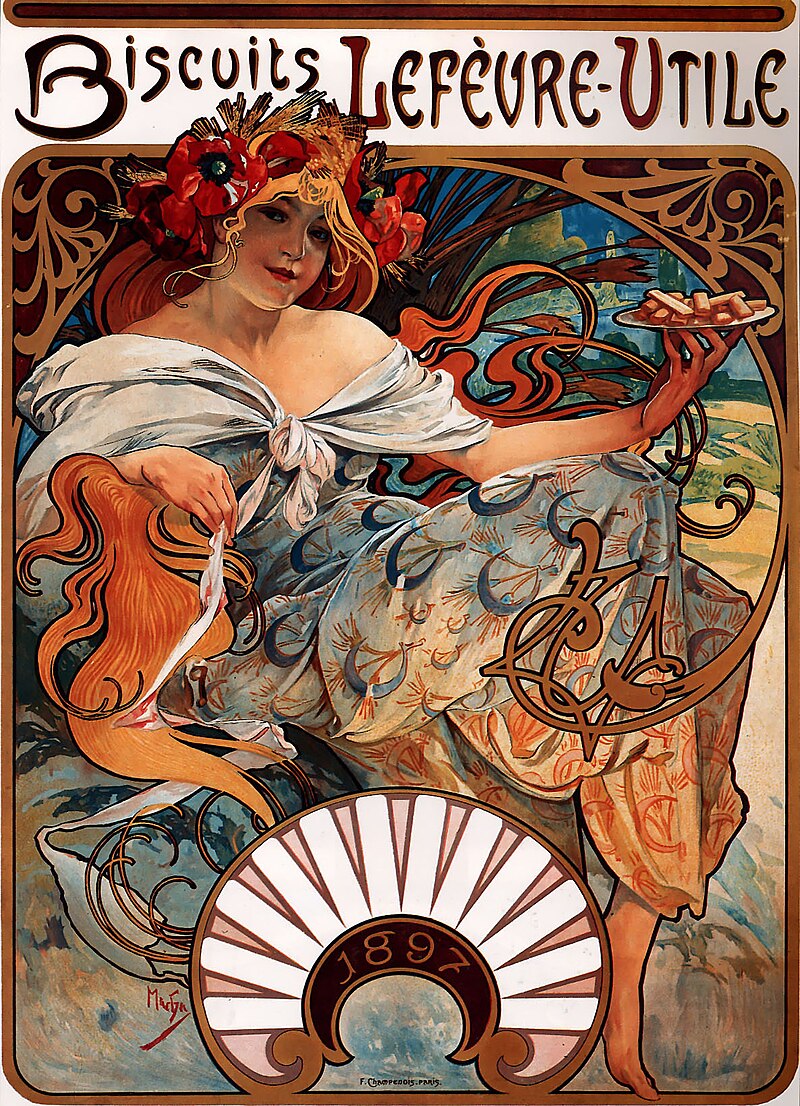This Article is from CATHOLICISM PURE AND SIMPLE

The Bishop of Plymouth,
Right Reverend Mark O'Toole.
Illustration: CATHOLICISM PURE AND SIMPLE
Coat-of-Arms
of The Bishop of Plymouth,
Right Reverend Mark O'Toole.
Illustration: PLYMOUTH DIOCESE
Bishop O’Toole has taken a keen interest in the School since its beginning in early 2014, becoming one of the School’s two patrons, alongside Cardinal Pell, and appointing a Diocesan Priest, Fr Guy de Gaynesford, as the School’s first Rector.
This Decree, establishing the School as a Catholic Institute of Higher Education, is in accordance with article 3§1 of Ex Corde Ecclesiae, the Apostolic Constitution of Pope St John Paul II concerning Catholic Universities and Institutions of Higher Learning in The Church. In doing so, Bishop O’Toole also gave his consent to the use of the term “Catholic” in the Titles of the School in an Official Capacity, as described in the requirements of Canon Law (Canon 808).
Fr Guy de Gaynesford, the Rector of the School of the Annunciation, writes:
“Bishop O’Toole’s Recognitio and Mandatum Letters are vitally important for the future development of the School, because they will assist us in forging partnerships with other Catholic Colleges and Universities, such as Franciscan University Steubenville. The Bishop’s Canonical endorsement of the School and her Staff will assure other Catholic Institutes of Higher Education of the vision and commitment of the School of the Annunciation to authentic and loyal fidelity to The Church and to the norms and requirements The Church lays down for authentic Teachers of Theology, Philosophy and Catechesis.
"In its short history, the School has certainly had so much for which to give thanks for to The Lord and to Our Lady of Buckfast, regarding the rapid growth of this new initiative placed at the Service of The Church’s call for a New Evangelisation. This endorsement and support, from our patron and Diocesan Bishop, is yet another Grace in answer to Prayer for which we can all give thanks, and for which we can express our gratitude to Bishop Mark O’Toole, offering Prayers for him and the work he has undertaken for the cause of the New Evangelisation in his Diocese and beyond.”
Notes:
The School of the Annunciation: Centre for the New Evangelisation is the UK’s only Higher Education School dedicated to the New Evangelisation. As described by Vatican Radio’s recent report, “Founded by some of the United Kingdom’s leading scholars in theology and evangelisation.”
The School of the Annunciation was founded by Dr Andrew Beards, Academic Director, Dr Caroline Farey, Director of Studies, Deacon Nick Donnelly, Director of Formation, together with the Abbot of Buckfast. Fr Guy de Gaynesford has recently been appointed the School’s first Rector. The patrons of the School of the Annunciation are His Eminence George Cardinal Pell, Prefect of the Secretariat of the Economy, and the Right Reverend Mark O’Toole, Bishop of Plymouth.
Notes:
The School of the Annunciation: Centre for the New Evangelisation is the UK’s only Higher Education School dedicated to the New Evangelisation. As described by Vatican Radio’s recent report, “Founded by some of the United Kingdom’s leading scholars in theology and evangelisation.”
The School of the Annunciation was founded by Dr Andrew Beards, Academic Director, Dr Caroline Farey, Director of Studies, Deacon Nick Donnelly, Director of Formation, together with the Abbot of Buckfast. Fr Guy de Gaynesford has recently been appointed the School’s first Rector. The patrons of the School of the Annunciation are His Eminence George Cardinal Pell, Prefect of the Secretariat of the Economy, and the Right Reverend Mark O’Toole, Bishop of Plymouth.
Both Franciscan University of Steubenville and the School of the Annunciation adhere to the vision and principles contained in Pope St John Paul’s Apostolic Constitution, Ex corde Ecclesiae.
For more details:
Tel: 01364 645660.
www.schooloftheannunciation.com
enquiries@schooloftheannunciation.com
For more Press information:
Press Officer: n.donnelly@schooloftheannunciation.com
Tel: 01229 821866.
For more Press information:
Press Officer: n.donnelly@schooloftheannunciation.com
Tel: 01229 821866.
Tel: 07938 986186.
























